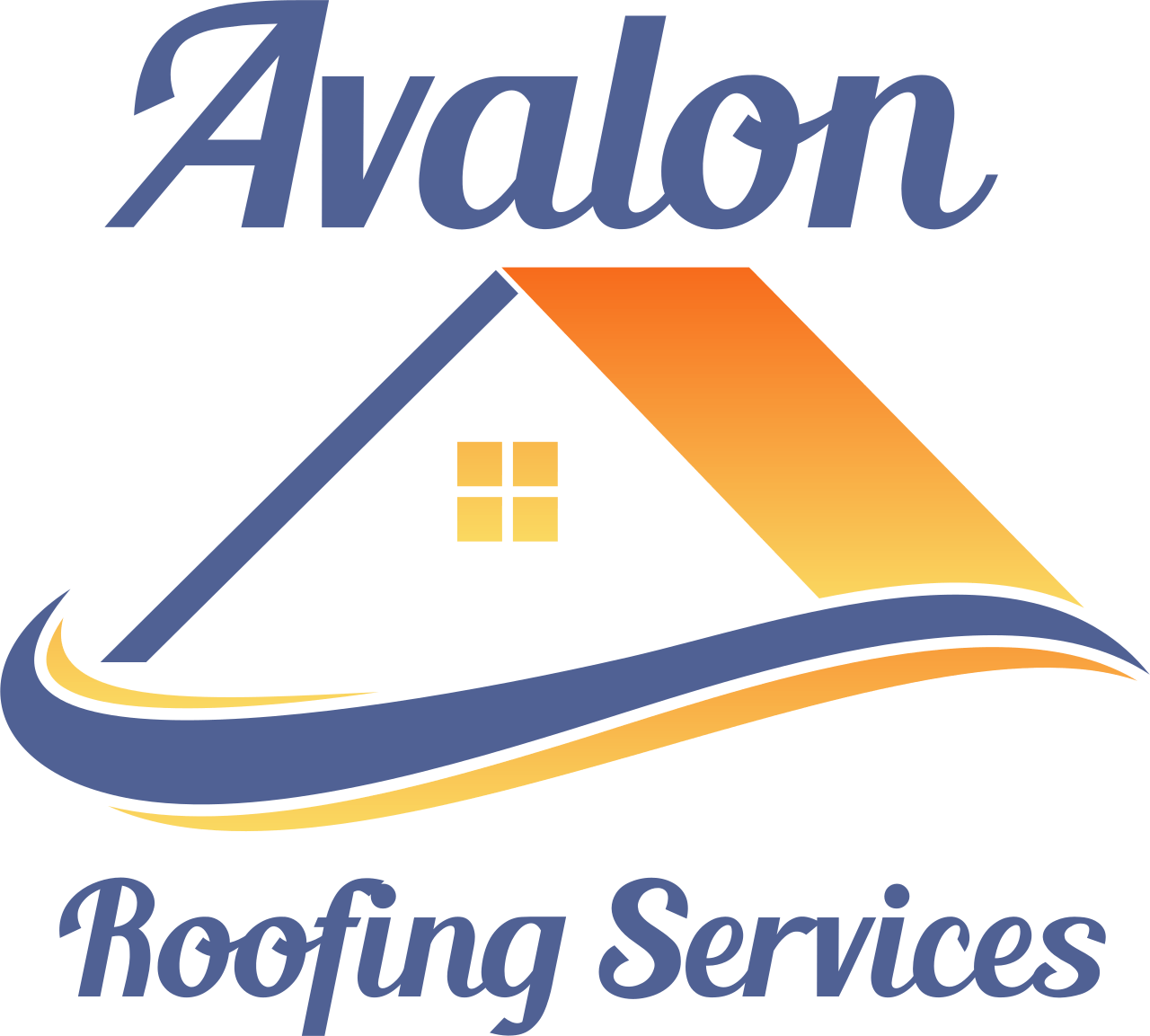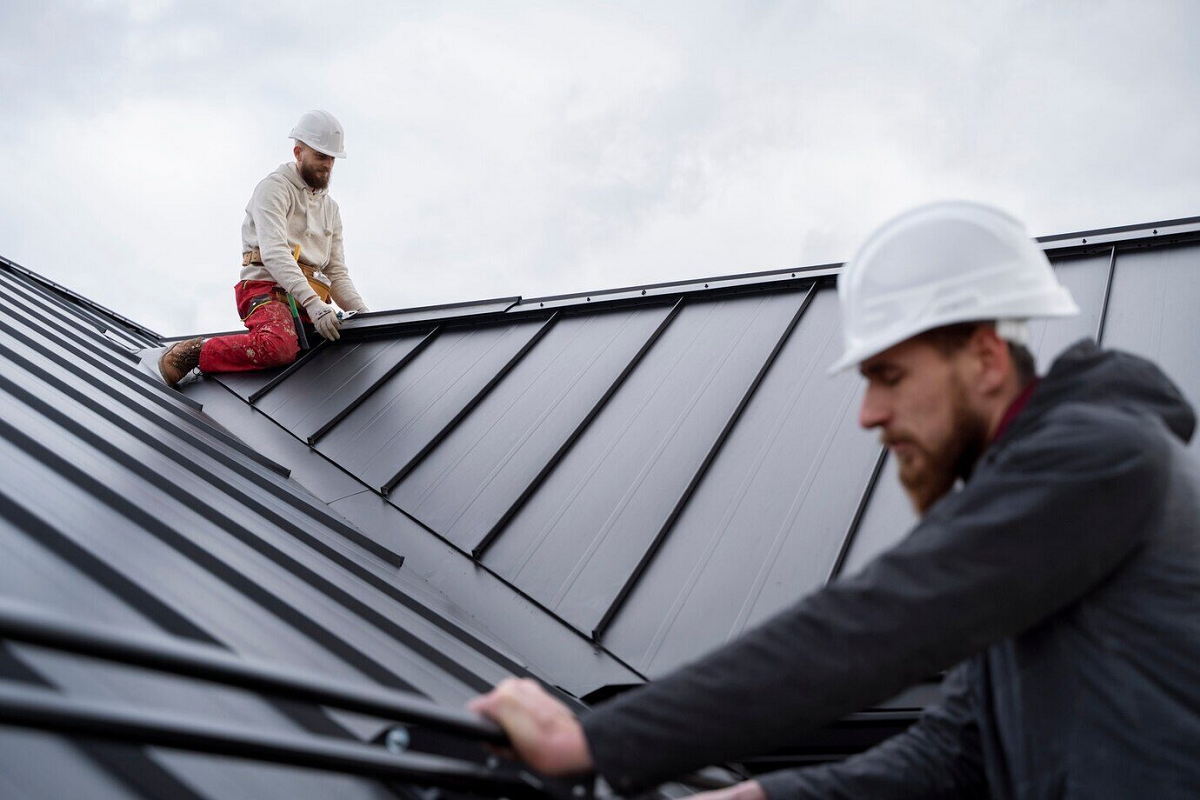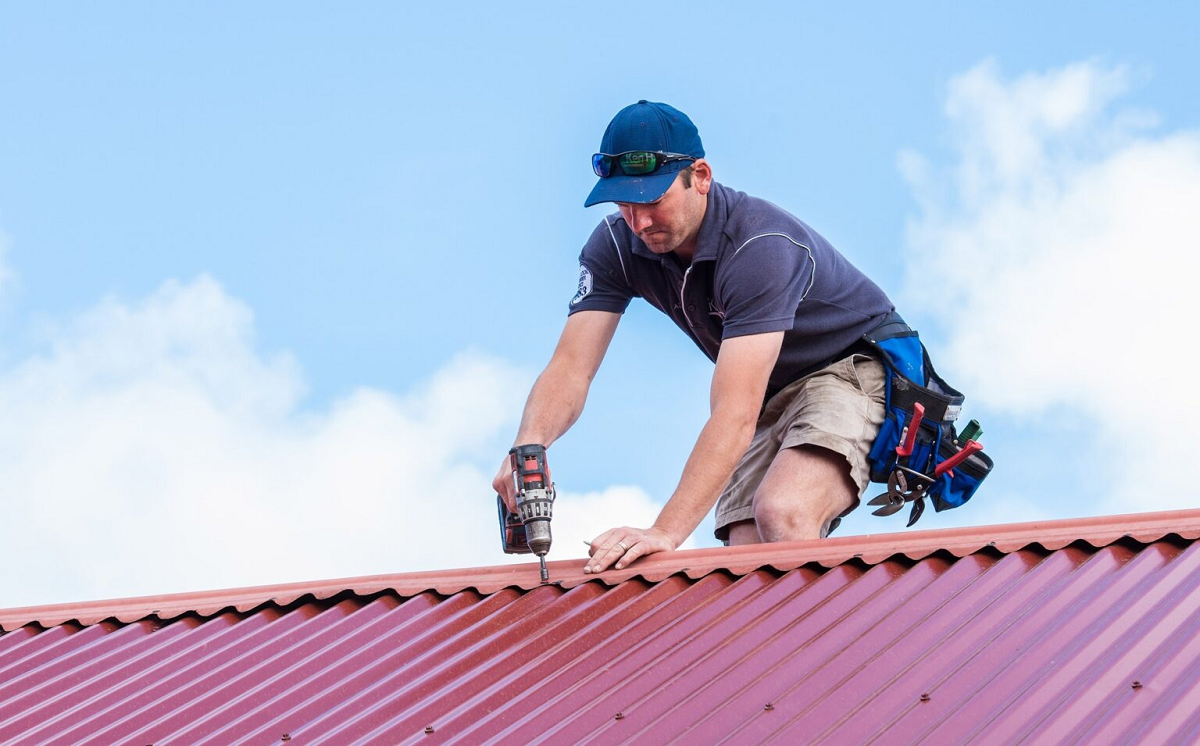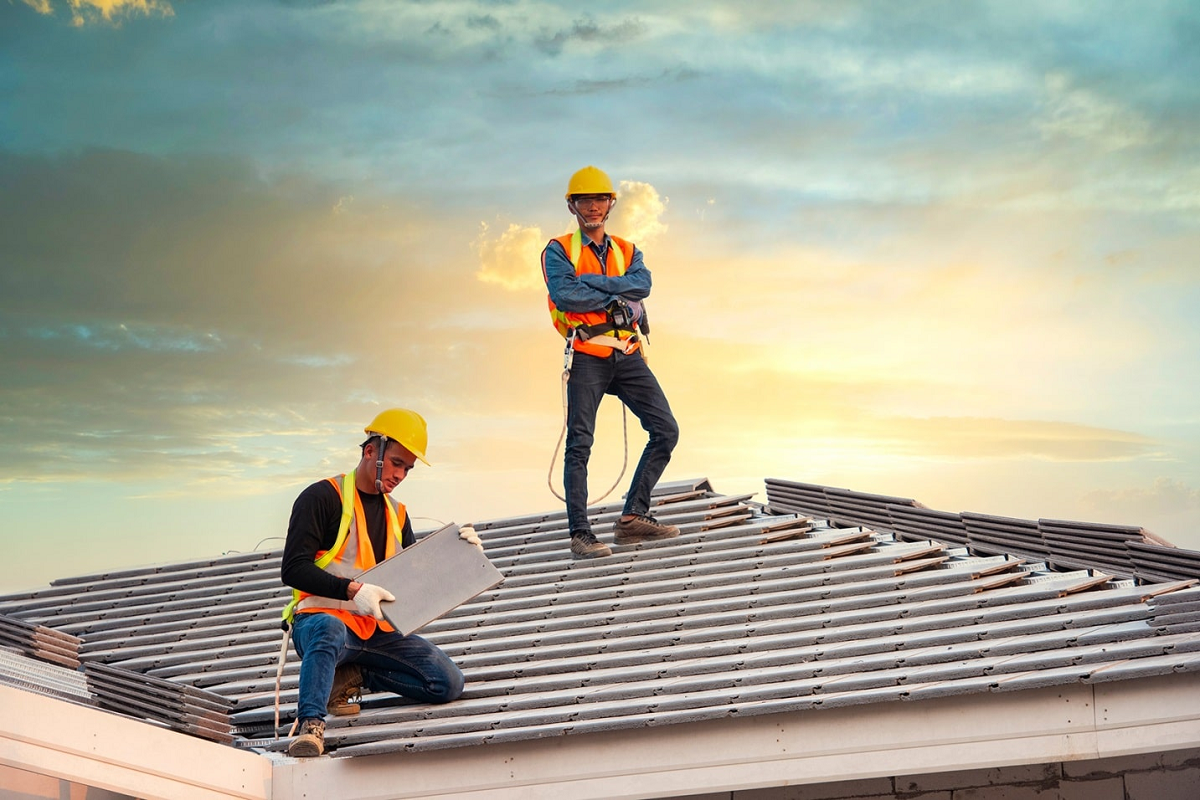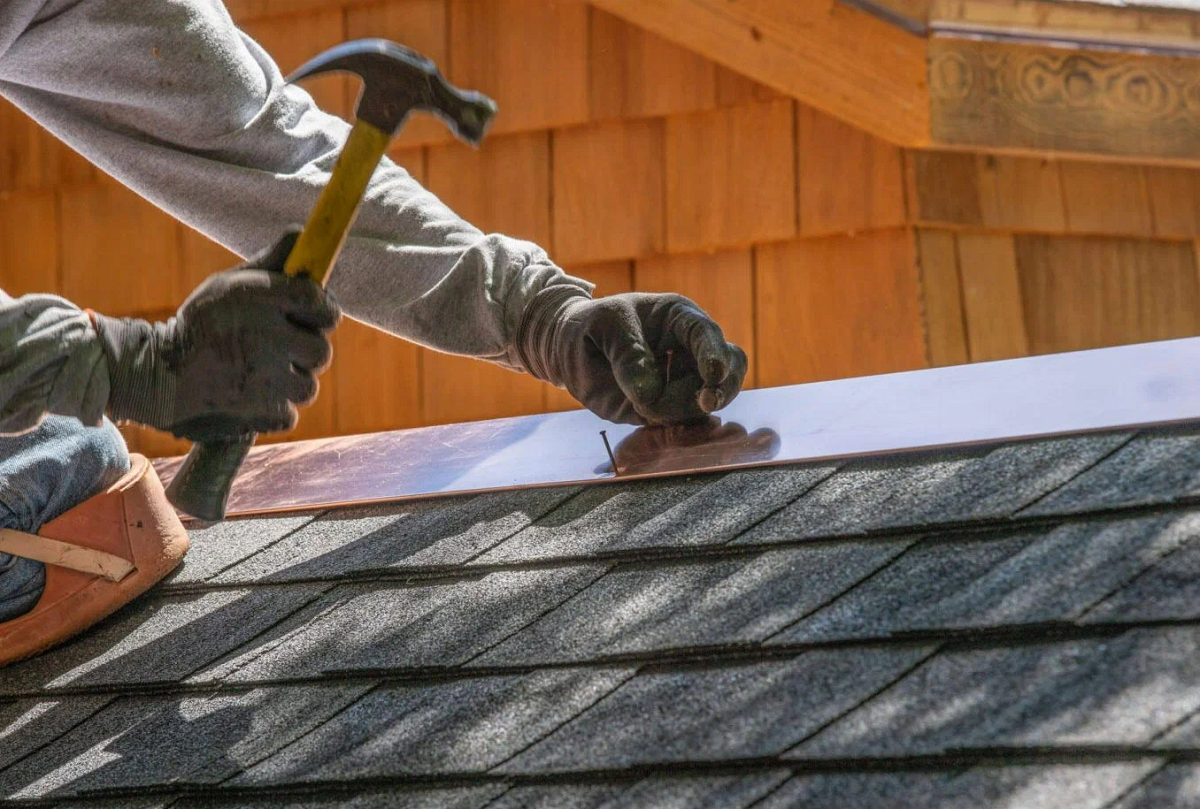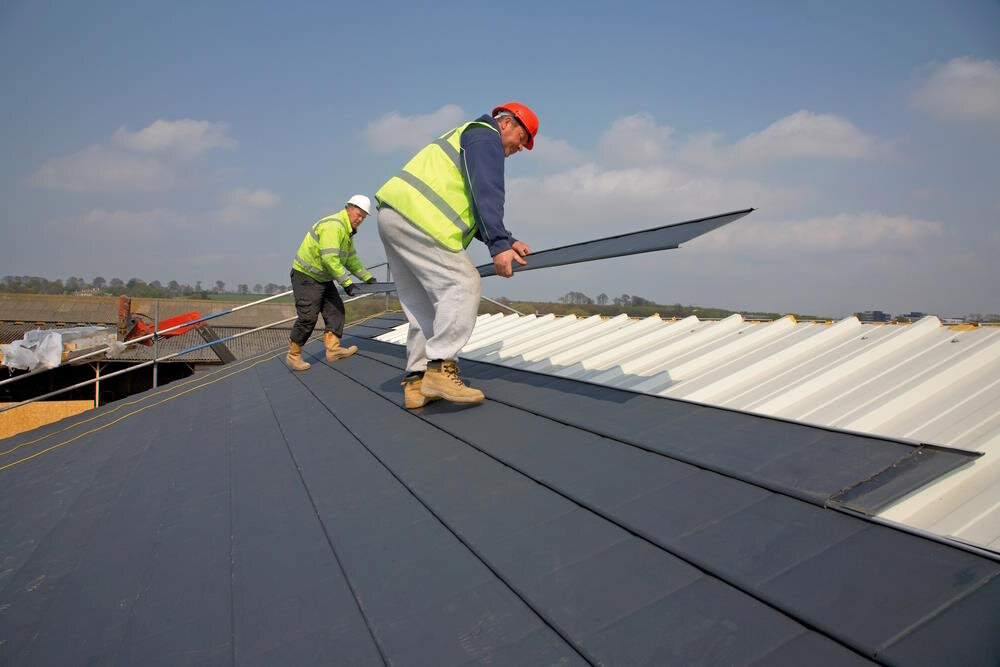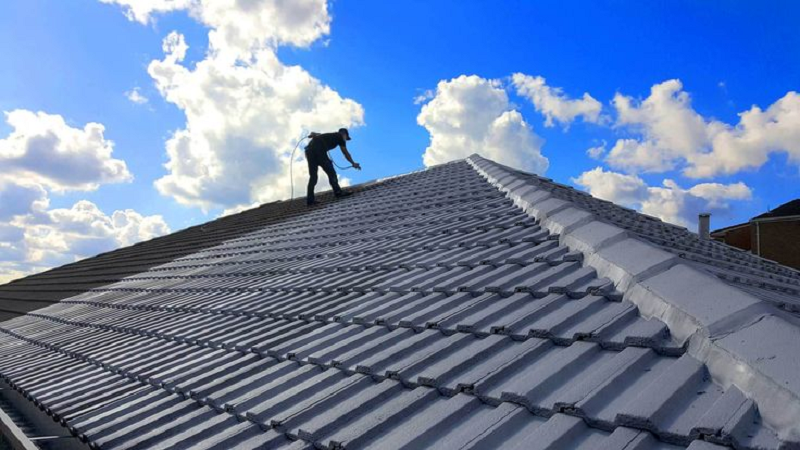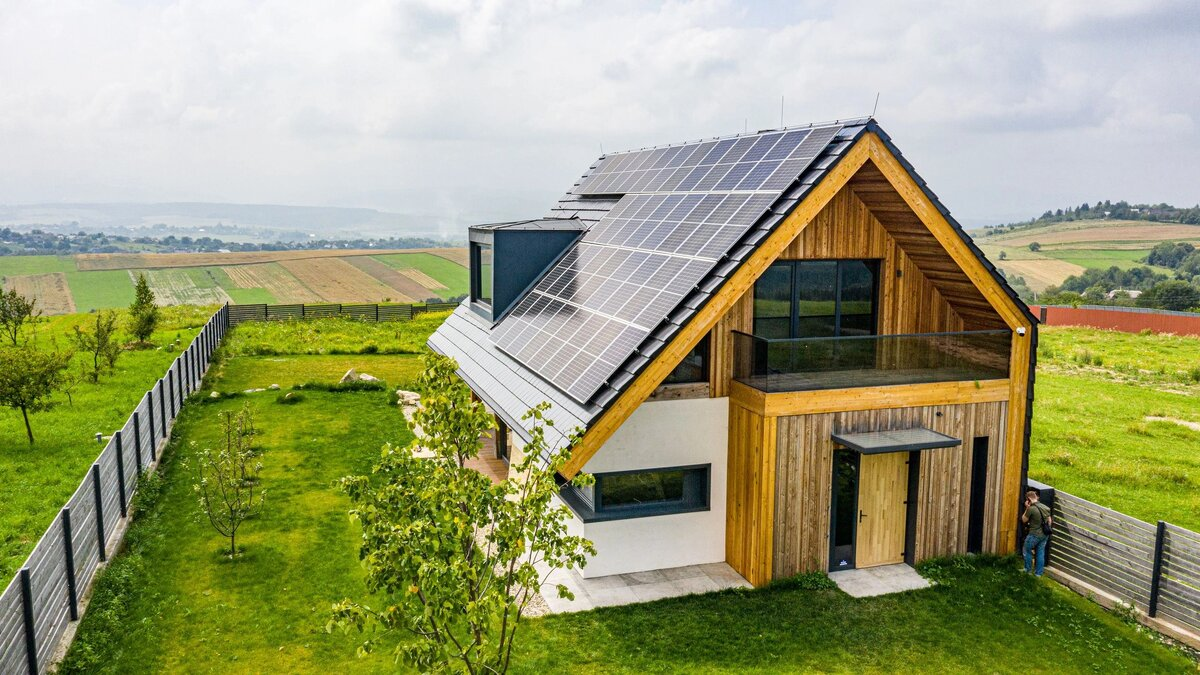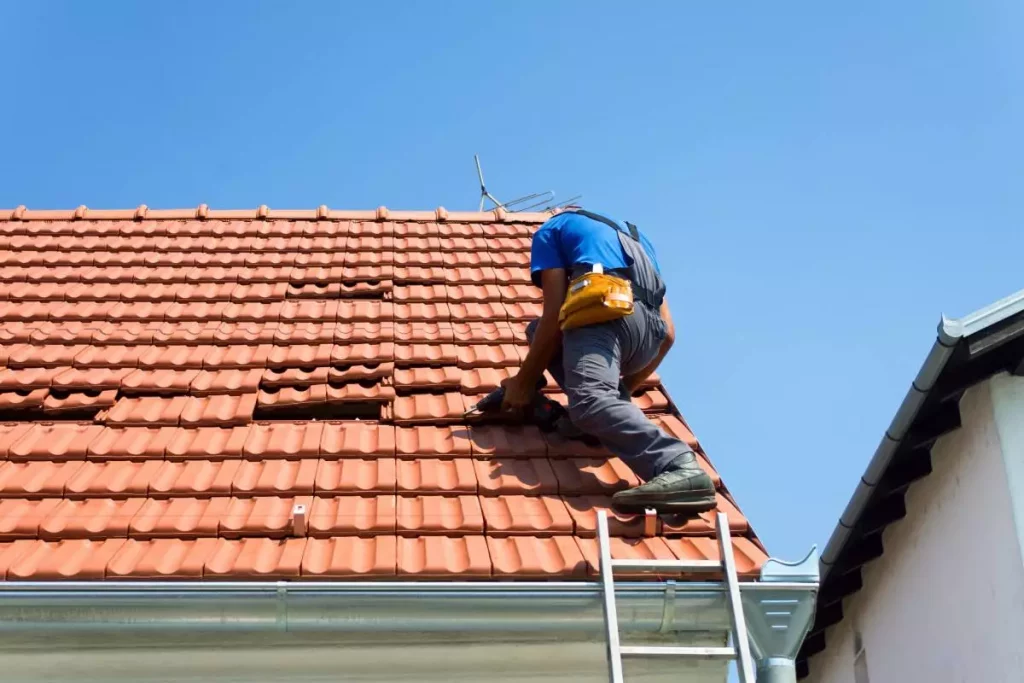Understanding The Differences Between Commercial And Residential Roofing Materials
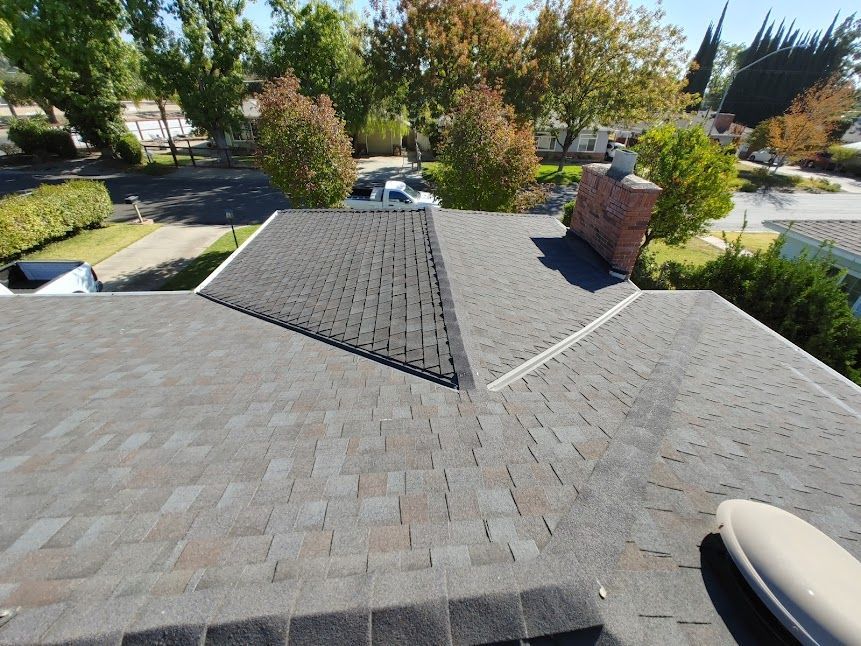
Roofing materials play a critical role in the longevity, durability, and aesthetic appeal of any structure. Whether it's a residential home or a commercial building, the choice of roofing material significantly impacts its performance and maintenance requirements. Understanding the distinctions between commercial and residential roofing materials is essential for property owners, architects, and contractors alike.
While both sectors share some common options like asphalt shingles and metal roofing, the nuances lie in factors such as scale, design requirements, and structural considerations. Exploring these differences can empower individuals to make informed decisions, ensuring that their roofing solutions align with their specific needs and objectives.
Material Durability and Lifespan
Roofing materials differ significantly between commercial and residential applications, tailored to meet specific demands. Commercial roofs, like those made of EPDM rubber, TPO, or modified bitumen, prioritize durability against heavy foot traffic and harsh weather, boasting lifespans of 20 to 50 years. In contrast, residential roofs, often adorned with asphalt shingles or clay tiles, focus on aesthetics and cost-effectiveness, lasting around 15 to 30 years. Recognizing these distinctions is vital for property owners to make informed decisions, safeguarding their investments in roof protection for years to come.
Structural Requirements and Load-Bearing Capacities
Structural requirements and load-bearing capacities for roofing systems vary significantly between commercial and residential buildings. Commercial structures, often larger and more intricate in design, demand robust roofing structures capable of supporting heavy equipment, HVAC systems, and potential snow loads. This necessitates strong support structures like steel or concrete decks for stability and safety.
Conversely, residential roofs, typically smaller and simpler in design, require lighter structural support such as wooden trusses or rafters. Architects, engineers, and contractors must understand these specific requirements to ensure compliance with building codes and to guarantee the long-term performance and safety of roofing systems.
Cost Considerations For Commercial and Residential Projects
Cost considerations vary significantly between commercial and residential roofing projects. Commercial endeavors often incur higher expenses due to larger areas and complex designs, resulting in increased material and labor costs. Materials like EPDM, PVC, or metal roofing, though initially pricier, offer long-term durability and lower maintenance expenses, ensuring better value over time.
Conversely, residential projects typically entail smaller areas and simpler designs, translating to lower costs. However, homeowners may prioritize aesthetics over durability, impacting material selection and overall expenses. It's vital for property owners to understand these factors to budget effectively and choose roofing solutions that align with their financial constraints and long-term objectives.
Aesthetic Options And Design Flexibility
Commercial and residential roofing projects offer diverse aesthetic options to suit different architectural styles and preferences. Commercial buildings often require roofing materials that balance functionality with design, offering a wide array of colors, textures, and profiles. These materials can be tailored to match branding preferences and enhance the overall aesthetic appeal.
Additionally, commercial roofing systems may include features like skylights, solar panels, or green roofs, contributing to energy efficiency and sustainability while adding visual interest. On the other hand, residential roofing materials provide homeowners with a range of choices to customize their homes. From classic asphalt shingles to modern metal roofing and elegant clay tiles, these options allow homeowners to personalize their properties while ensuring durability and enhancing curb appeal.
Energy Efficiency and Environmental Impact
When it comes to roofing, considering energy efficiency and environmental impact is crucial for both sustainability and cost-effectiveness. A properly designed and installed roofing system can significantly reduce energy consumption, minimize environmental footprint, and contribute to a healthier planet. Here are some key points to consider regarding energy efficiency and environmental impact:
- Reflective Roofing Materials: Opting for reflective roofing materials such as TPO or PVC membranes can help reduce heat absorption, lower indoor temperatures, and decrease the urban heat island effect, resulting in lower cooling costs and reduced carbon emissions.
- Renewable Energy Integration: Incorporating renewable energy technologies like solar panels or green roofs into roofing systems can further enhance energy efficiency, reduce reliance on fossil fuels, and promote sustainability.
- Sustainable Material Choices: Choosing sustainable roofing materials such as metal roofing, which is durable, recyclable, and energy-efficient, can minimize environmental impact and contribute to LEED certification and green building initiatives.
- Cool Roofing Solutions: Cool roofs, which are designed to reflect sunlight and heat away from buildings, can help reduce energy consumption, mitigate urban heat island effects, and improve occupant comfort and well-being.
- Environmental Certification: Selecting roofing materials that are certified by reputable environmental organizations such as ENERGY STAR or the Cool Roof Rating Council ensures compliance with energy efficiency standards and promotes environmentally responsible practices in construction projects.
Maintenance And Repair Needs in Different Settings
Maintenance and repair needs for roofing systems vary based on factors such as material type, usage patterns, and environmental conditions. Commercial roofs demand regular inspections to prevent issues like ponding water, while residential roofs require attention to preserve shingle integrity. Here are five key considerations for maintenance and repair needs in different settings
- Frequency of inspections: Regular inspections are essential to identify and address issues early on, preventing costly repairs.
- Material-specific maintenance: Different roofing materials require specific maintenance procedures to ensure longevity and performance.
- Environmental factors: Weather conditions and climate variations can impact the maintenance needs of roofing systems, requiring tailored approaches.
- Compliance with regulations: Adhering to local building codes and regulations is crucial to maintaining safety and compliance with legal requirements.
- Professional expertise: Engaging qualified professionals for maintenance and repairs ensures thorough assessments and effective solutions, enhancing the lifespan of the roof.
Local Building Codes and Regulations
Navigating local building codes and regulations is essential for both commercial and residential roofing projects to ensure compliance with safety standards and legal requirements. Commercial buildings, often facing stricter regulations due to their larger size and public occupancy, must adhere to specific codes governing aspects such as roof slope, fire resistance, wind uplift, and environmental impact.
Compliance may impact material selection, installation methods, and ongoing maintenance practices, ensuring structural integrity and safety. Similarly, residential roofing projects are subject to codes dictating parameters like roof pitch, material type, and insulation requirements. Homeowners must obtain permits and approvals from local authorities before commencing work to avoid fines or delays. Adhering to these regulations not only guarantees safety but also protects against potential liabilities and legal disputes.
Installation Complexity and Labor Requirements
Installation complexity and labor requirements in roofing projects vary based on factors like design and material type. Commercial installations often demand skilled labor and specialized equipment due to intricate designs and larger areas, while residential projects tend to be simpler with smaller crews. Regardless of scale, prioritizing safety and expertise is crucial for successful installations.
- Commercial roofing projects often involve intricate designs and larger surface areas, requiring skilled labor and specialized equipment.
- Safety measures such as fall protection systems and access equipment are essential for ensuring worker safety during commercial roofing installations.
- Residential roofing installations are generally less labor-intensive due to simpler designs and smaller crews.
- Residential roofing contractors must still possess expertise in handling various roofing materials and techniques to ensure quality workmanship.
- Regardless of project scale or complexity, prioritizing safety and expertise is essential to achieve successful roofing installations.
Warranty Coverage And Long-Term Support
Warranty coverage and long-term support for roofing materials vary between commercial and residential applications, impacting cost-effectiveness and peace of mind. Commercial roofing systems often offer extensive warranties tailored to commercial needs, covering material defects, installation errors, and performance guarantees.
These warranties, along with long-term support services provided by manufacturers and contractors, ensure durability and reliability. Residential roofing warranties, though important, may differ in terms and coverage. Homeowners should review warranty documents, understand limitations, and prioritize ongoing maintenance to preserve coverage and maximize longevity. Understanding warranty options empowers property owners to safeguard their roofing investments effectively.
Trends In Roofing Materials For Commercial And Residential Applications
The roofing industry is evolving rapidly to address changing preferences, environmental concerns, and technological advancements. In commercial roofing, there's a growing focus on sustainability and energy efficiency, driven by heightened environmental awareness and regulatory demands. Green roofing systems, featuring vegetation layers, are gaining traction for their ability to enhance energy efficiency, manage stormwater, and improve aesthetics.
Innovative materials like cool roofs are also emerging, reflecting sunlight to reduce cooling costs and urban heat island effects. In residential roofing, homeowners prioritize durable, low-maintenance materials with aesthetic appeal. Metal roofing remains a top choice for sustainability, while solar roofing solutions, such as solar shingles and integrated panels, reflect the rising interest in renewable energy. Staying updated on these trends empowers architects, contractors, and property owners to make informed decisions aligned with their design preferences, sustainability goals, and budget constraints.
Understanding the differences between commercial and residential roofing materials is crucial for informed decision-making in construction projects. Factors such as material durability, structural requirements, cost considerations, and aesthetic options play significant roles.
Additionally, energy efficiency, environmental impact, maintenance needs, compliance with regulations, installation complexity, warranty coverage, and emerging trends in roofing materials are essential considerations. By evaluating these factors, property owners can make informed decisions that align with their needs and long-term objectives. Investing in the right roofing solution ensures protection, durability, energy efficiency, and environmental responsibility for both commercial and residential properties.
Are you in need of expert roofing services in Manteca? Look no further than Avalon Roofing Services! With over 30 years of experience, we are proud to be one of the most established and trusted names in the industry. Accredited by the Better Business Bureau as an A+ roofing contractor, we prioritize quality, reliability, and customer satisfaction in every project we undertake.
We understand that your roof is not just a structure; it's an investment in your home and the safety of your family. Whether you require roof repairs, replacements, or maintenance, our team of professionals is here to help. Contact us today at contact@avalonroofing209.com or give us a call at (209) 380-1275 during office hours. For emergencies after hours, reach us at (209) 483-7593. Don't wait until it's too late – trust Avalon Roofing Services to protect your investment and keep your home safe and secure.
